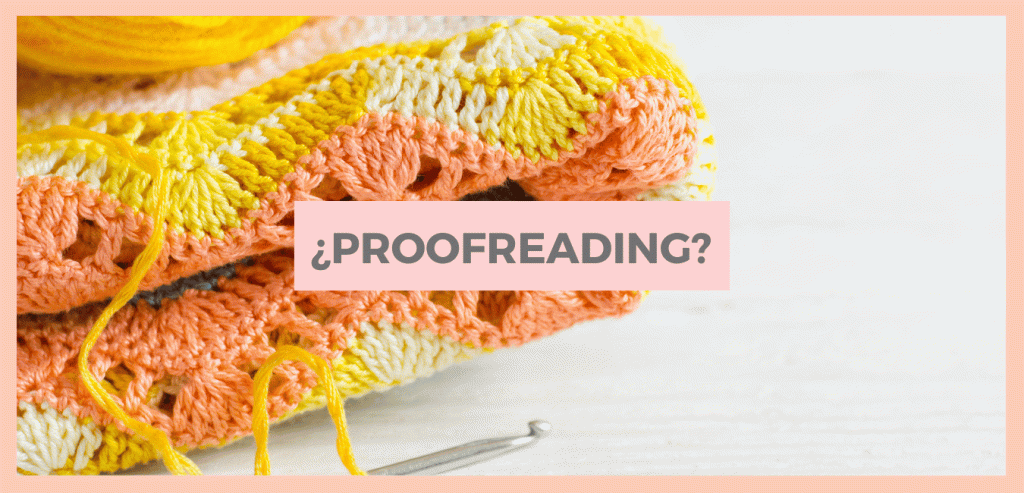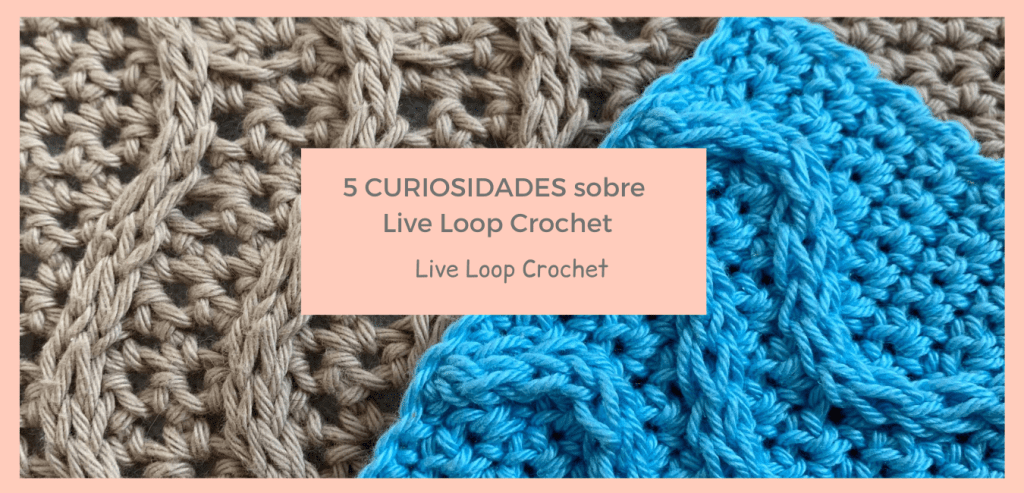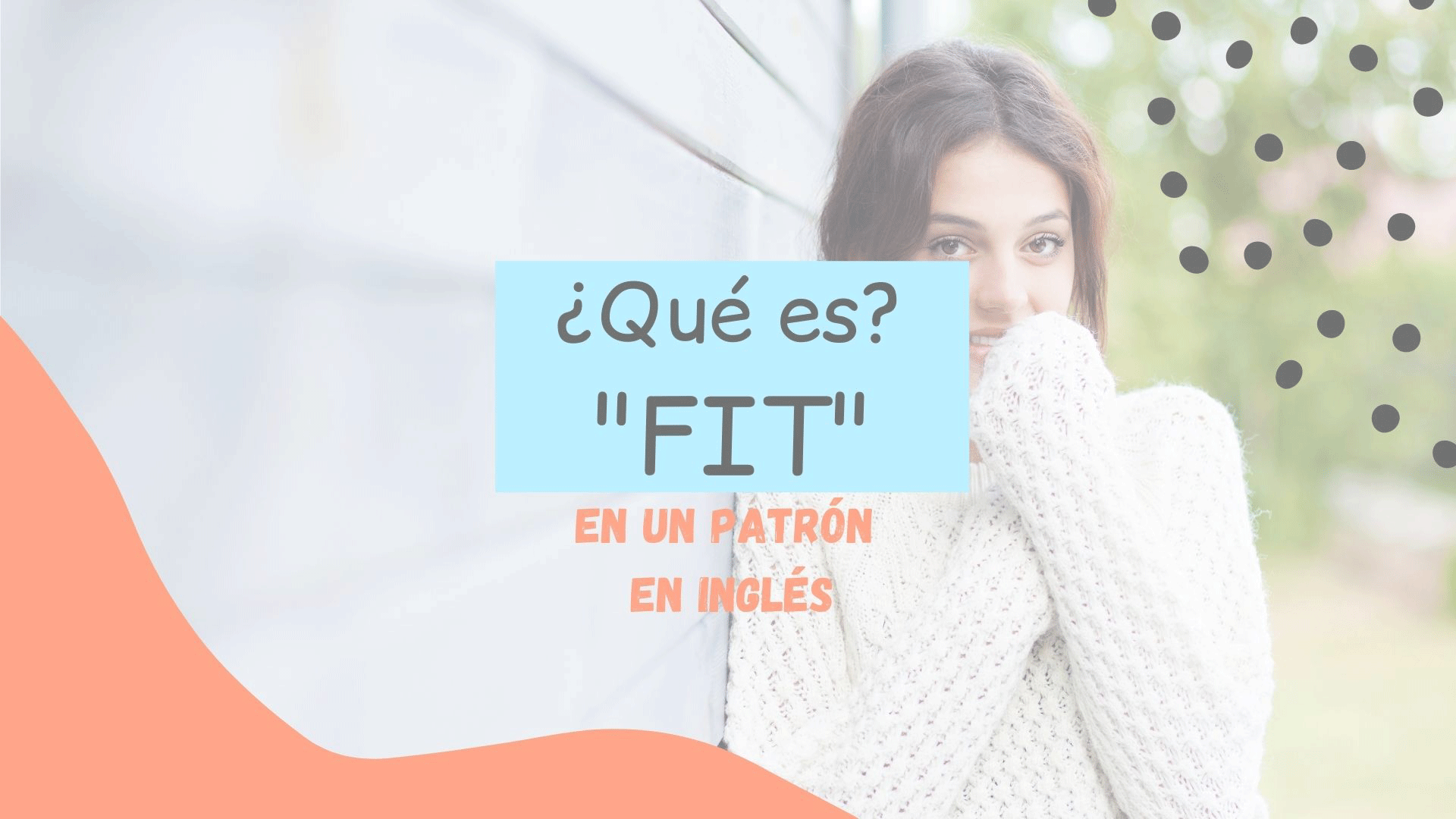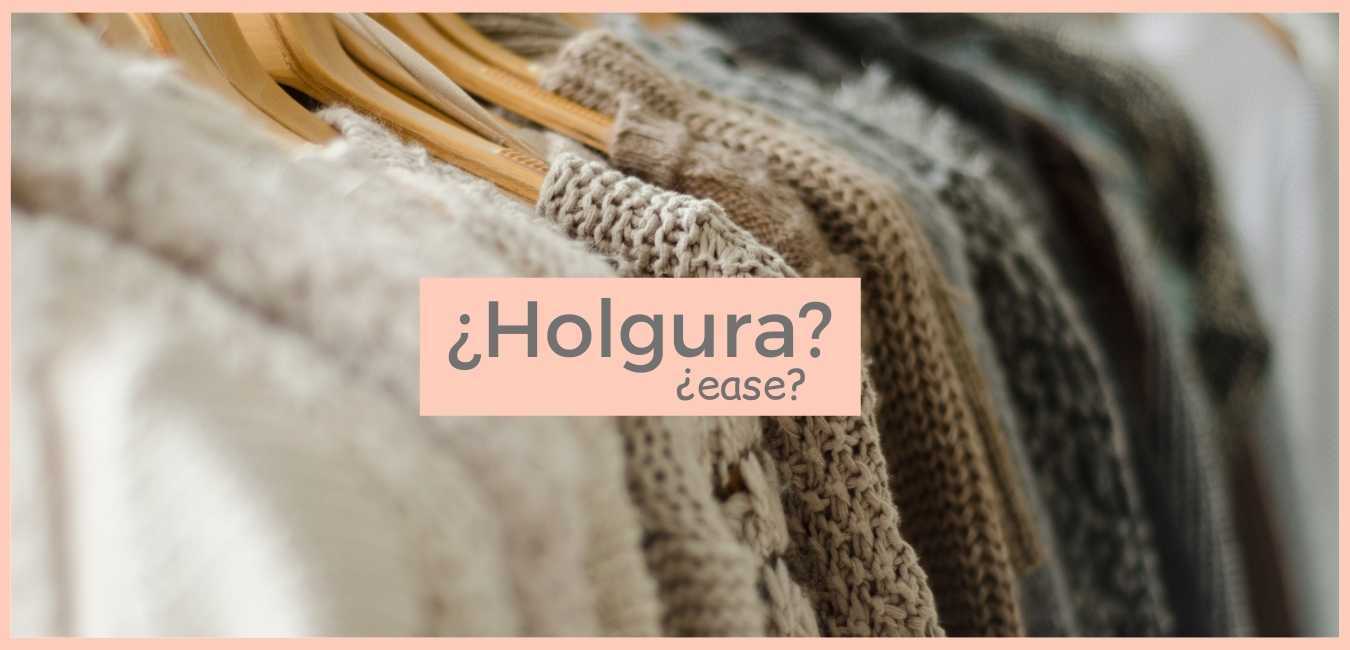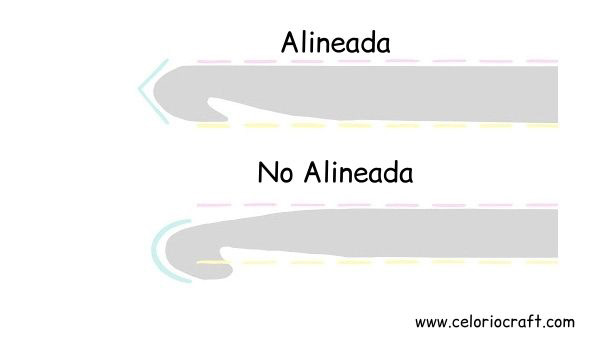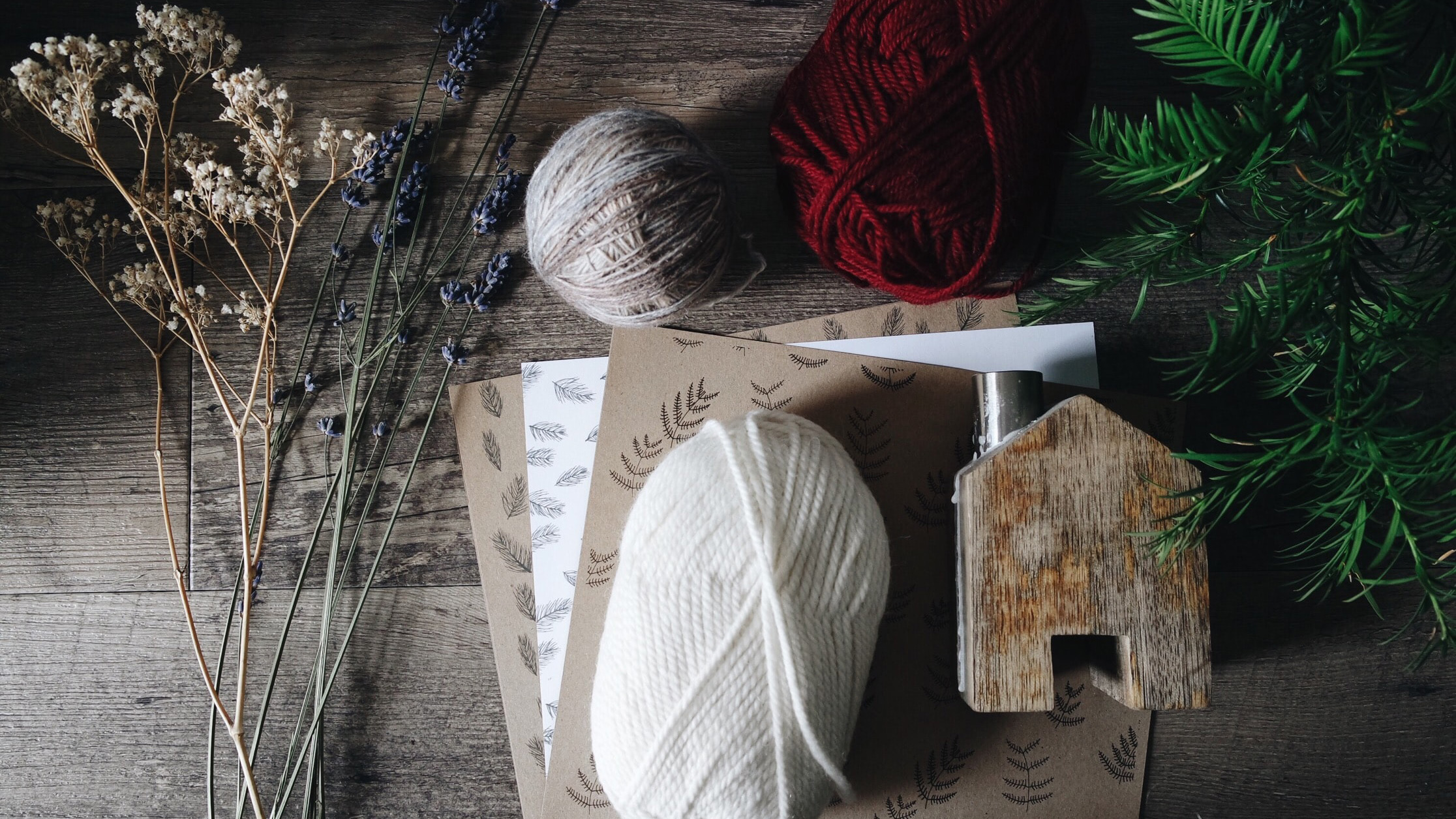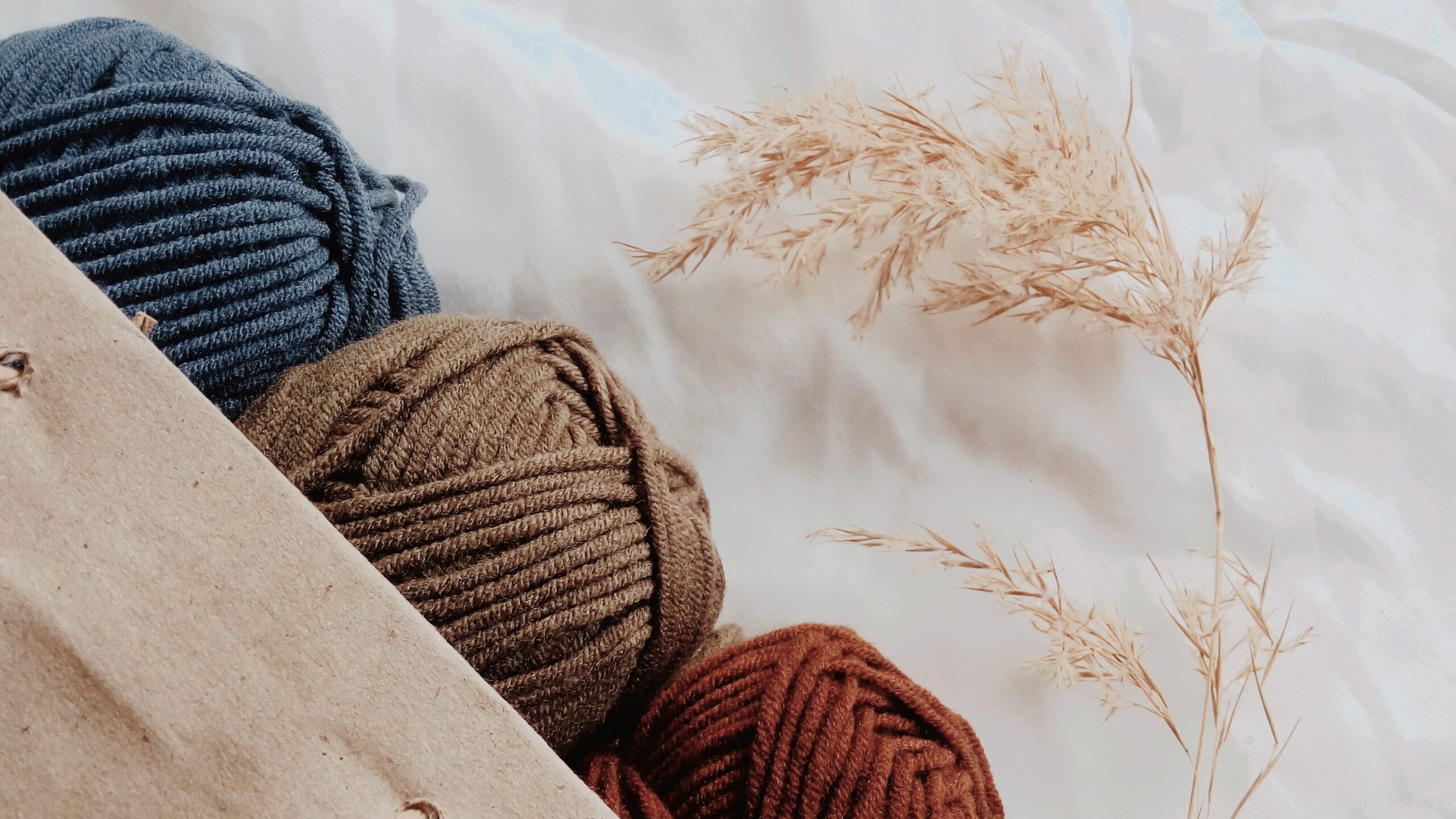What is ease? Ease is the difference between your body measurements and the measurements of a garment. When we talk about ease in crochet or knitting we are talking about the ease that a specific garment has, mainly in sweaters, blouses or tops, cardigans, pants, skirts, but not for shawls or scarves. Different types of ease in a garment 1- Positive Ease: this means that the garment has a measurement larger than your body size. Depending on the amount of cm or inches it has, it will be more or less loose. 2- Zero Ease: this means that the garment has the same size as your body. Therefore, the garment will fit close to your body. 3- Negative Ease: this means that the garment has a smaller size than your body. In this case, it must be elastic enough to fit you well, otherwise, the garment will be too small. Importance of knowing the ease of a crochet or knit pattern When you are going to make a pattern from a designer, you may find that in the final measurements section or somewhere else, she/he will tell you how loose the garment is. It is important to take this into account because this way you will know how loose or tight the garment will fit your body. For example, my Natalia Cardigan pattern has 40 cm of positive ease, which indicates that it is oversized and, therefore, it has a lot of ease. In this pattern, I show you each size for what bust circumference measurement it is and give you the final measurements. But, keep in mind that if you don’t like it so loose, you can perhaps decide to make a size smaller than the one that corresponds to your bust circumference. For example, let’s imagine that your bust circumference is 85 cm, you would be a size 2 (or S). But as it has 40 cm of positive ease, you will be left with a final garment of 125 cm. If you don’t want it so loose, you can see if the rest of the measurements of the previous size, which is size 1, fits you well. In conclusion: when you are going to make a pattern, the ease that it has indicated to you how tight the garment will be, and knowing this is very useful so that you don’t end up with a result that you don’t like. Importance of ease if you are going to design a garment If you are going to create a garment without a pattern, or you are going to design a garment from scratch, you also have to take into account ease. You have to take it into account because if you use only the measurements of your body, and you don’t give it ease it will be tight to the body or small if it is a fabric that is not elastic, if you put too much it will be oversized when maybe it is not the result you want. You must take into account before you start what is the result you want to get and taking it into account decide whether you give positive ease, zero ease or negative ease, and in what amount depending on the result you want to get. Important: -The ease is generally only applied to horizontal body measurements: bust circumference, arm circumference, wrist circumference, etc. – The same amount of ease does not apply to all body measurements, this depends on the design and other factors. If you give 20 cm of ease to the bust you don’t necessarily have to give 5 cm of ease to the arm, unless you want a very wide sleeve, for example. -The thicker the yarn is, the more ease should have, to get a better result. What is ease called in Spanish? In a pattern in Spanish, whether crochet or knit, you will almost always find ease in the case of a garment. Holgura = Ease Holgura Positiva = Positive Ease Holgura Cero= Zero Ease Holgura Negativa= Negative Ease Remember that you can find in the patterns the measurements in centimeters, you only have to divide to know the measurement in inches. 1 inch = 2.5 cm Save this post, you will need it later! If you liked this post and found it useful, share it so your friends and other crocheters can benefit from it too. If you are on Instagram, find me THERE, I’ll be happy to meet you. A welcome Discount for you!!!! Let your name and email here: [mc4wp_form id=”272″] If you want to learn more about Crochet: –30 Most Crocheted garments and Accessories in Spanish –Why is it so important to check gauge? –Understand care symbols in yarn labels, in English and Spanish All Post Crochet What is FIT and how to call in Spanish 16 de March de 2022/No Comments When you find “Fit” in a crochet pattern means that something (in this case a piece of clothing) is not… Read More ¿What is EASE? And how to call it in Spanish 2 de March de 2022/No Comments What is ease? Ease is the difference between your body measurements and the measurements of a garment. When we… Read More ¿Why it is so important to check gauge? 9 de February de 2022/No Comments In a previous post, I told you about the gauge swatch, what it is and how it is made. And… Read More Load More End of Content.
